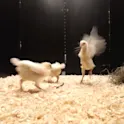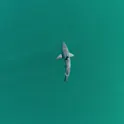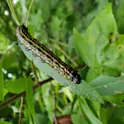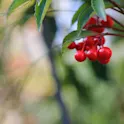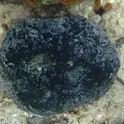Endangered turtle population under threat as pollution may lead to excess of females being born
By Mischa Dijkstra, Frontiers science writer Researchers from Australia studied the influence of pollution on the sex ratio of clutches of sea green turtles. This species is at risk of extinction from a current lack of male hatchlings. They concluded that exposure to the heavy metals cadmium and antimony, accumulated by the mother and transferred to her eggs, may cause embryos to be feminized. Pollution may thus compound the female-biasing influence of rising global temperatures on green sea turtles. Green sea turtles, Chelonia mydas, are listed as endangered on the IUCN Red List of Threatened Species. They are at risk of extinction due to poaching, collisions with boats, habitat destruction, and accidental capture in fishing gear. But another threat, linked to climate change, is more insidious: sea turtles have temperature-dependent sex determination, which means that more and more embryos develop into females as temperatures keep rising. Already, in the northern part of the Great Barrier Reef off Australia, hundreds of females are born for every male. Now, researchers have shown that the resulting risk of extinction due to a lack of male green sea turtles may be compounded by pollution. Dr Arthur Barraza, a researcher at the Australian Rivers Institute […]


